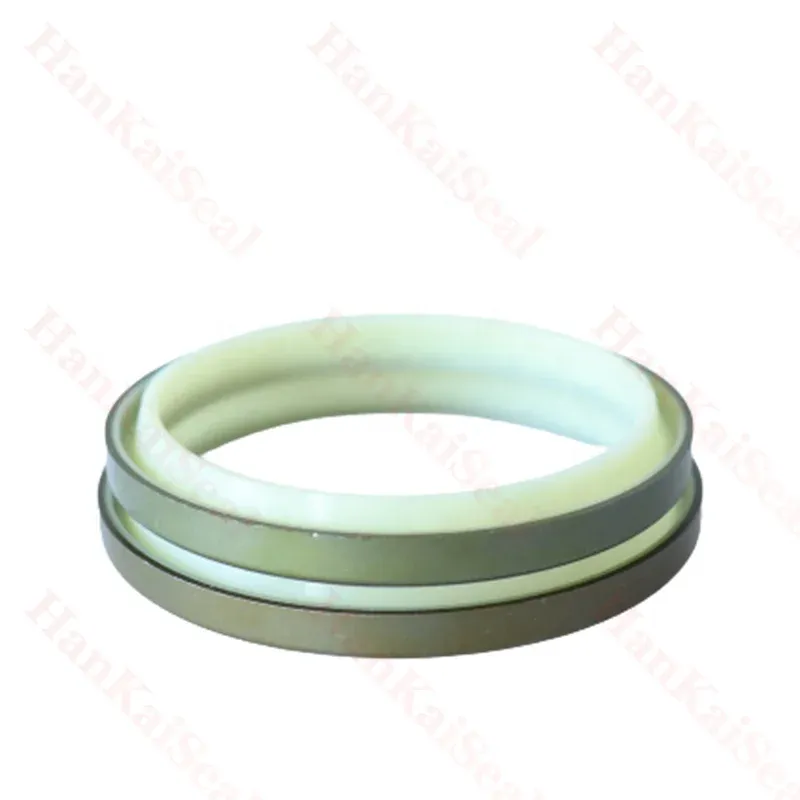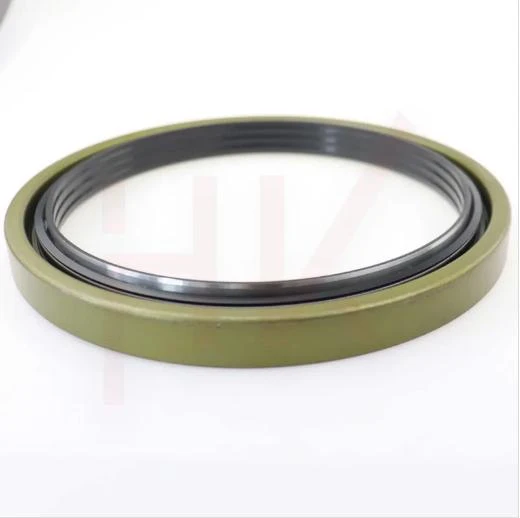Feb . 11, 2025 16:56 Back to list
hydraulic pump seals


Regular maintenance and inspection of hydraulic pump seals are essential to ensuring system reliability. Seals should be inspected for any signs of wear, cracking, or other forms of damage. Scheduled maintenance checks allow operators to identify potential issues before they lead to more serious failures. It is also advisable to maintain records of seal replacement and maintenance activities, which can aid in identifying patterns of wear and facilitating proactive maintenance strategies. Authoritative providers in the hydraulic seal industry often impart valuable insights through technical articles, guides, and support services, empowering users with knowledge on best practices and innovative technologies. Collaborating with reputable suppliers who offer quality seals and responsive support can instill confidence in users, knowing they have reliable resources to maintain their systems efficiently. In terms of trustworthiness, using OEM (Original Equipment Manufacturer) seals can be pivotal. OEM parts are designed specifically for the equipment they are fitted to, ensuring compatibility and optimum performance. Moreover, when warranty is a concern, OEM seals can often be verified for authenticity and quality assurance, thereby safeguarding the investment in hydraulic machinery. In conclusion, hydraulic pump seals are not mere components but integral parts that ensure the smooth operation of hydraulic systems. A comprehensive understanding of their function, careful selection based on system requirements, proper installation, and regular maintenance are essential practices that enhance system efficiency and reliability. By leveraging the expertise of seasoned professionals and adhering to authoritative guidelines, businesses can ensure long-term savings and operational success through effective management of hydraulic pump seals.
-
The Trans-formative Journey of Wheel Hub Oil Seals
NewsJun.06,2025
-
Graphene-Enhanced Oil Seals: Revolutionizing High-Pressure Oil Sealing
NewsJun.06,2025
-
Future of Hydraulic Sealing: Advanced Intelligent TCN Oil Seals
NewsJun.06,2025
-
Don’t Let a Broken TCV Oil Seal Ruin Your Day
NewsJun.06,2025
-
Bio-Inspired Dust Seals for Better Sealing Performance
NewsJun.06,2025
-
Biodegradable and Sustainable Hydraulic Seal Materials
NewsJun.06,2025
-
Top Oil Seal Solutions for Your Industrial Needs
NewsMay.22,2025
Products categories
















